The Importance of Natural History Collections
Gary C. Williams, California Academy of Sciences, 20 June 2014
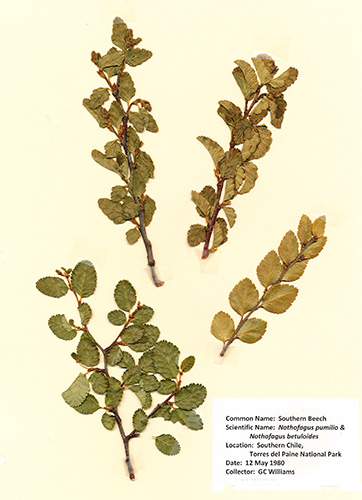

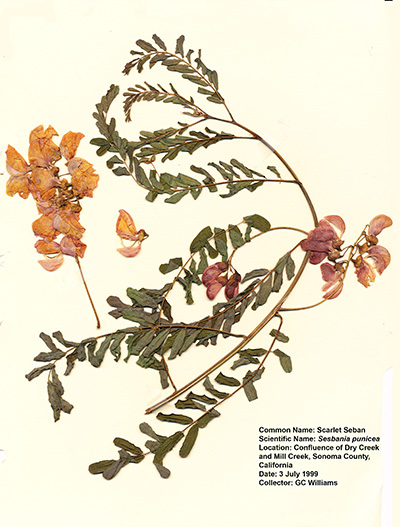
Fig. 1. Herbarium Specimens – (Left) Southern Beech (Nothofagus pumilio/N. betuloides), (Center) Lupine (Lupinus sericatus), (Right) Scarlet Wisteria Tree (Sesbania puniceus).
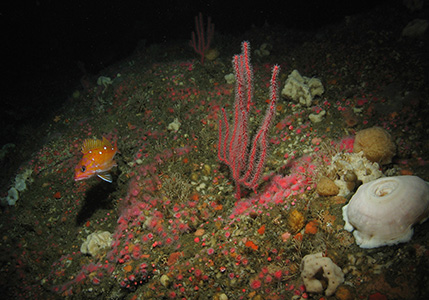
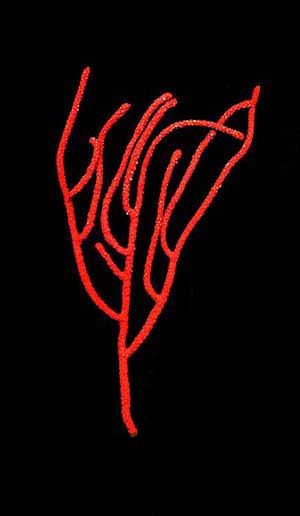
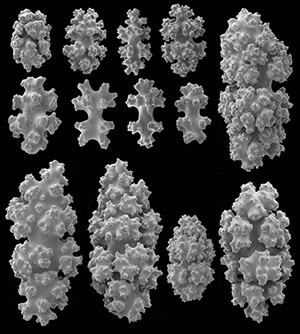
Fig. 2. The gorgonian sea fan Chromoplexaura marki – (Left) living corals in situ, (Center) preserved specimen, (Right) microscopic skeletal elements called sclerites (each < 0.1 mm in length).
Over hunting and specimen collecting have been linked to – or accused of leading to – the extinction of animal species by various authors. Although destructive hunting practices have been largely responsible for the extinction of such bird and mammal species as the Dodo, Carolina Parakeet, Passenger Pigeon, and Stellar Sea Cow – as well as the near extinction of the North American Bison – there is no hard evidence for the driving to extinction of animal species by scientific specimen collecting or the practices of providing material for natural history museum collections. The importance of specimen collecting and the maintaining of natural history collections have been well documented (Brainscoop 2014, Rocha et al. 2014, Viscardi 2009). In contrast, trophy hunting has led to the speeding up of deleterious evolutionary change in large mammals such as bears, deer, and bighorn sheep. Various effects of this kind of selective hunting include diminution of body size, as well as the reduction of antler and horn size in cervids and bighorn sheep (Brinkley 2009: 704, Darimont et al. 2009, Minard 2009).
There exists in the world today an immense and overwhelming diversity of living organisms. Controversy regarding such destructive practices has dealt primarily with terrestrial vertebrates. Reptiles, amphibians, birds, and mammals together represent only a minute slice of the biodiversity pie. Collection of some groups of organisms often involves what is akin to “finger nail clipping” – that is, using garden shears or scissors to clip branches of flowering shrubs or gorgonian corals, thus leaving the living organism virtually undisturbed (Fig. 2, left). Herbarium sheets are made to preserve dried plant specimens (Fig. 1), while a portion of a sea fan (a gorgonian coral colony) is preserved in ethyl alcohol (Fig. 2, center). In the majority of cases, identification of species is not possible from photographs or digital images, but collected material must be prepared and examined in the laboratory using microscopic and/or molecular analysis (Fig. 2, right).
Brainscoop. 2014. Where Do Animal Specimens Come From? Posted 23 June 2014 [http://degreed.com/blog/animal-specimens-come/].
Brinkley, D. 2009. The Wilderness Warrior, Theodore Roosevelt and the Crusade for America. New York, Harper/HarperCollins Publishers. 940 pp.
Darimont, C. et al. 2009. Human predators outpace other agents of trait change in the wild. Proceedings of the National Academy of Sciences 106(3): 952-954.
Minard, A. 2009. Hunters Speeding Up Evolution of Trophy Prey? National Geographic News, January 12, 2009. [http://news.nationalgeographic.com/news/2009/01/090112-trophy-hunting.html].
Rocha LA et al., 2014. Specimen collection: an essential tool. Science 344(6186): 814-815.
Viscardi, P. 2011. Natural history collections – why are they relevant? A curator at the Horniman Museum tells us why natural history collections are important to research and to the public. Blog Post: GrrlScientist, hosted byThe Guardian [http://www.theguardian.com/science/punctuated-equilibrium/2011/apr/12/2].








